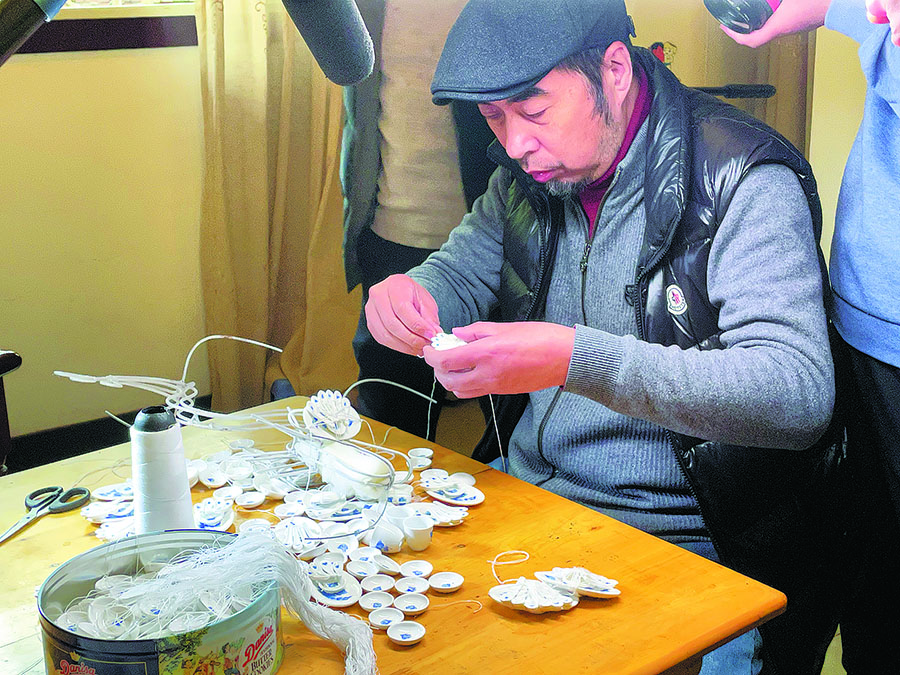Lighting up the world


According to Wan, the city boasts a complete machinery, electronics and chemical chain, as well as a large number of highly skilled workers trained in mechanical production and installation of machines. Although, as with many workers in the late 1990s, Wan was laid off due to the restructuring of the State-owned sectors during reform and opening-up, like them, he also ended up getting involved in the lantern industry, where skills were needed.
Thanks to enterprising artisans and growing demand, Zigong lantern-making techniques have grown by leaps and bounds over the last three decades. Unlike his father's generation, who laboriously crafted lanterns out of clay and fiberglass, Wan and his fellow artisans have drawn on the lantern-making techniques of Taiwan, and Chaozhou in Guangdong province, where thin bamboo strips are used to make frames. But, as the material doesn't last long, artisans have been replacing bamboo strips with iron wire, which is now the mainstream practice in Zigong.
Over the course of its decadeslong development in the city, lantern making has been standardized in a quest for efficiency.
When tackling a project, designers brainstorm before producing a two-dimensional draft with the aid of graphic design tools. Once the draft has been accepted, they create a 3D construction drawing to scale. According to Wan, this is "a pivotal procedure because designers have to carefully consider the space and structure, as well as decide on the material to ensure the desired effect and give the lantern verve and animation".
The next step is to scale up the drawing on the ground at a 1-to-1 ratio. A welder then makes the frame with iron wire, under the designer's supervision.
As the wires cannot be easily removed once welded, only highly skilled welders can do the job and show a good sense of molding, Wan says.
The finished frame undergoes rust-protection, and electricians bind pliable light tubes to the wires. Then, artisans, who are usually women, cut pieces of cloth using surgical scissors and meticulously glue them to the frame. The lantern is painted, and details, such as eyes and lips, are delineated using an airbrush.
Once all these procedures are done, the lantern is ready to be tested and shipped to the festival site, where it can be installed with the help of the designers.


















